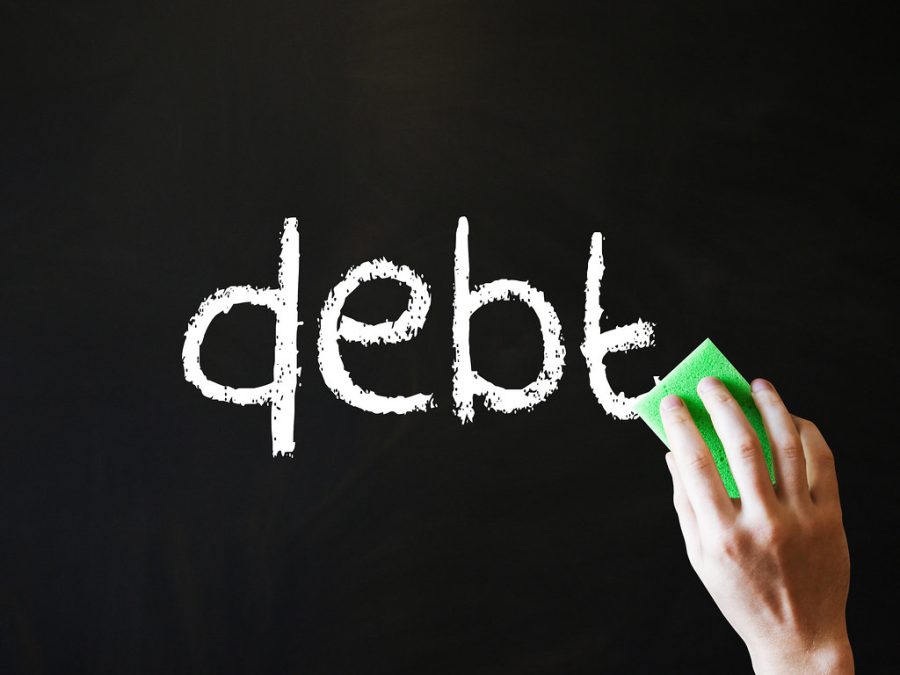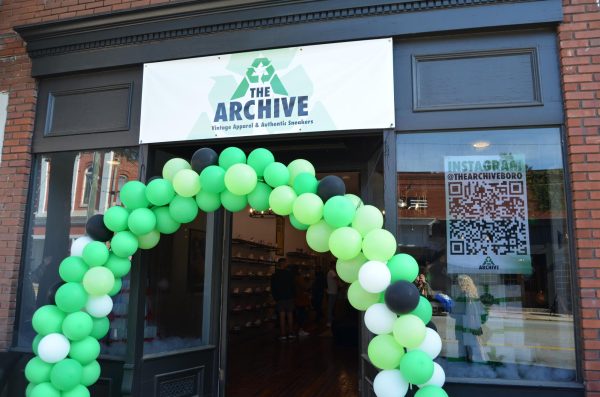Biden Breakdown: Student Debt Relief
Biden Breakdown: Student Debt Relief
August 24th, 2022 marks a historic day in American history, as the Biden administration announced a three part student debt relief plan targeted at working and middle-class borrowers.
In 2022, student loan debt has skyrocketed to a whopping 1.6 trillion (that’s 11 zeros, by the way ) dollars. Which is beating out both credit cards and auto loans for runner-up in American consumer debt, second only to mortgages.
At its inception in 1972, Pell grants funded by the government covered nearly 80 percent of the cost of attendance for public universities. Now in 2022, they barely cover a third, leaving students struggling to make ends meet.
To combat the debt accumulated by students looking for upward mobility, which in some cases prove fruitless and more often than not crushing, the Biden administration plans to:
• Provide Targeted Debt Relief
• Make the Student Loan System More Manageable for Current and Future Borrowers
• Protect Borrowers and Taxpayers from Steep Increases in College Costs
This plan’s first and most eye-catching phase is debt cancellation for those making under $125,000 a year. Pell grant recipients will receive up to 20 thousand dollars, while the non-recipients will receive up to 10 thousand dollars in federal loan relief.
Borrowers who are currently dependent students are eligible for relief based on their parent’s income.
The US will extend the federal student loan repayment one final time through December 31st, 2022
Beginning January 1st, debt repayment will recommence under new guidelines outlined by the administration’s plan.
This includes fixing existing loan repayments to half that of the expected pre-pandemic payment, protecting those making under 15$ an hour from making payments, eliminating interest accumulation if payments are made on time (including those not obligated to make a payment) and forgiving loan balances after ten years of payment.
Public servants (those who have served at a non-profit, in the military, or government) that have been active for 10 consecutive or nonconsecutive years are more eligible than ever for all of their federal debt to be forgiven through the Public Service Loan Forgiveness (PSLF) program.
Lastly (and most vaguely of all), the administration plans to protect borrowers and taxpayers from increases in college costs.
The President signed the most significant increase to the maximum Pell Grant in over a decade. Hold onto your hats, folks resulting in a 400$ increase in max Pell payout for the 22-23 academic year.
A jog away from the target doubling, step in the right direction.
The Department of Education has held colleges accountable for contributing to the debt crisis.
Measures include publishing an annual watch list of the programs with the worst debt levels and requesting institutional improvement plans from the worst offenders.
There was no indication that there would be a requirement to cap tuition costs for universities or that the promise of universally free community college or full debt cancellation would soon become a reality.
There is a lot of discourse from both sides about whether or not debt cancellation is the right move for America during this trying time. Questions on inflation, equity and consequence are all being validly raised in conversations surrounding student debt relief.
While only time will tell what the lasting effects of this student bailout are, presently, working-class Americans have been granted a bit more breathing room and hope for the future.
This relief isn’t all that was promised in Biden’s campaign. However, it shows the first signs of a favorable, slow-moving return for those who believe in the administration’s vision for a brighter tomorrow.








